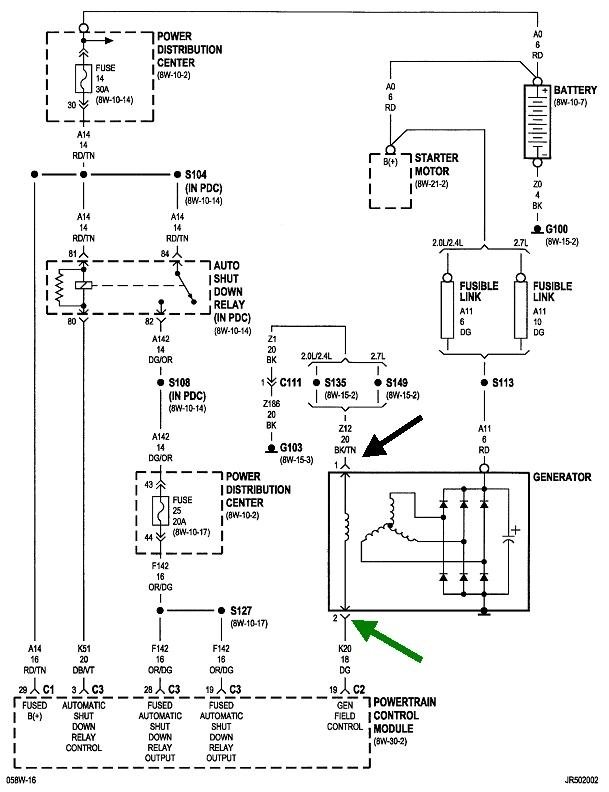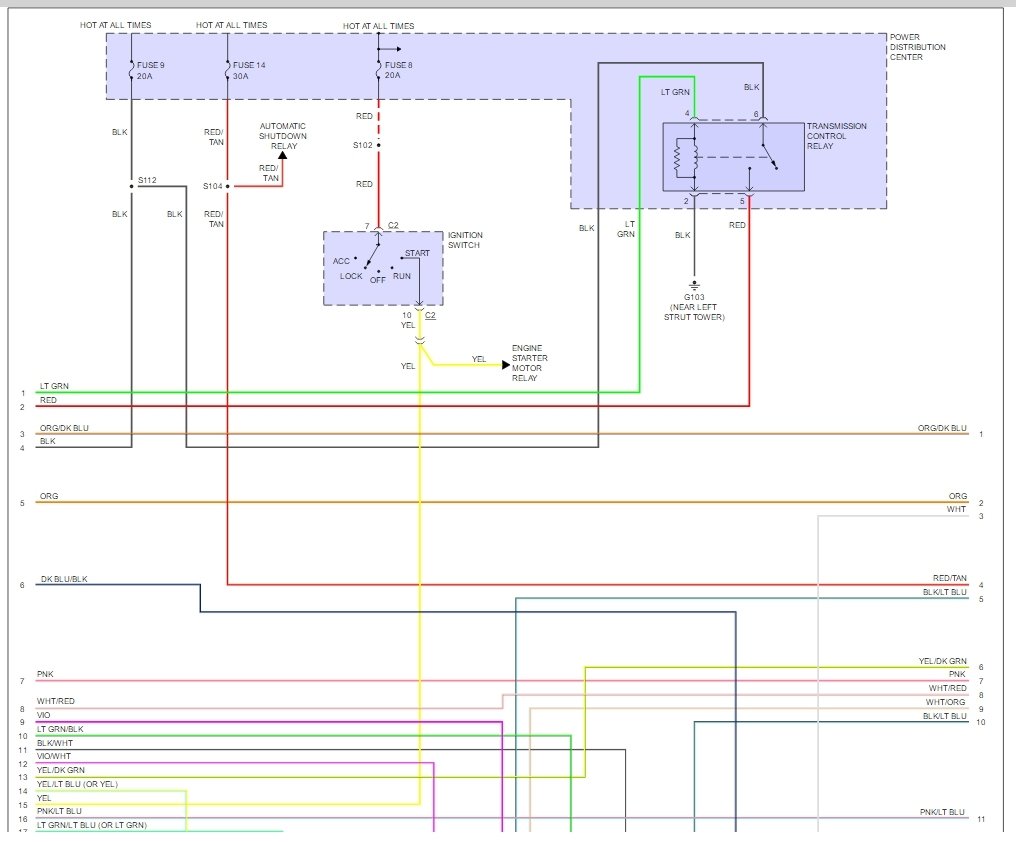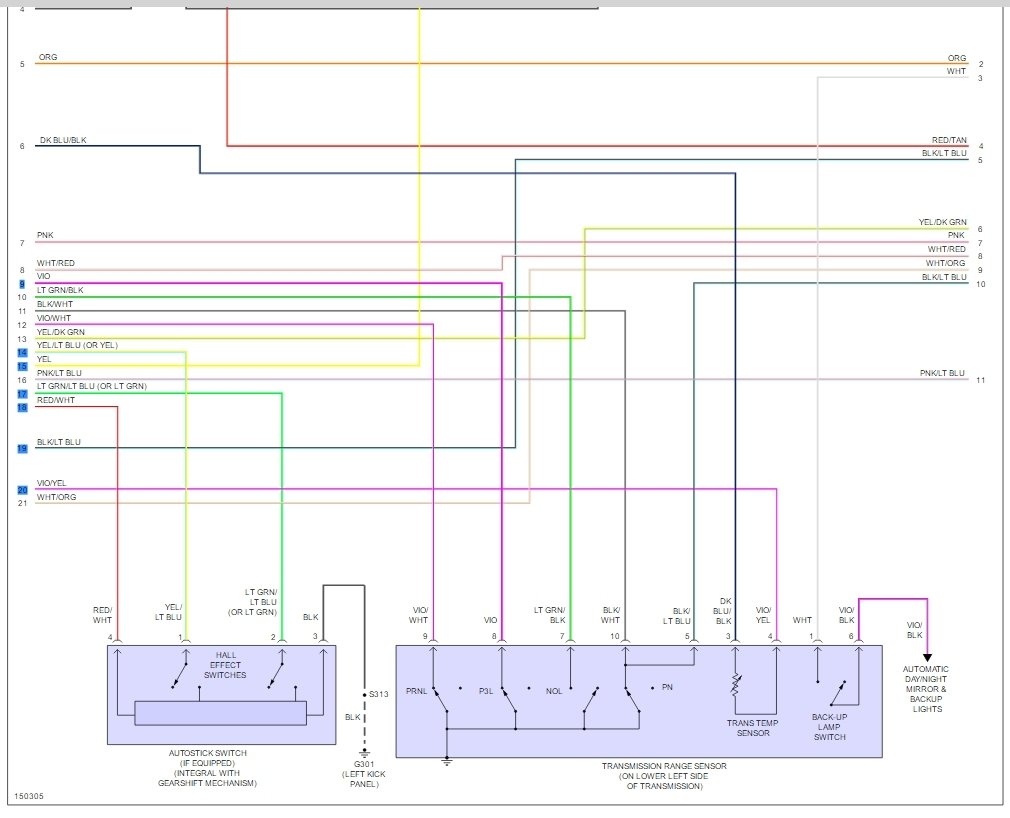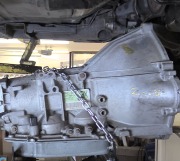Sorry that I didn't reply sooner and save you that expense. Darn the bad luck.
Chrysler has always had a really nice charging system, but around 2002 they switched how those two small wires work. One used to have 12-plus volts, and the other still had the normal 4 - 11 volts. The 12-volt wire has 0 volts on it now, so it makes the diagnosis just a little more involved. By the way, here's a link to an article on how to use a digital voltmeter, if you need it:
https://www.2carpros.com/articles/how-to-use-a-voltmeter
They show this using an "auto-ranging" meter which many of us don't have. If you have one that lets you select the range yourself, I can explain how to use if you need me to.
The most common failure for Chrysler alternators is worn internal brushes. As I mentioned earlier, those almost always make intermittent contact at first and work part of the time. If you find the proper 0 volts and 12-plus volts on the two wires, the next step is to check the continuity between those two wires. That is the extra step we have to do now. If you need help with using the ohm meter part of your digital meter, I can help with that too.
There's one clinker to be aware of with this test. You don't have to disconnect the wires. If you find that you have continuity between the two terminals, the brushes are okay, at least right now. About 80 percent of the time you are going to find an open circuit, (no connection), with good brushes. That is because it is real common for tiny chips of carbon powder to break off and get stuck between a brush and the slip ring it rides on. On the test bench, we just rotate the pulley a little and the continuity will come right back, as it does when running the engine. On the car, you can tug on the belt just enough to irritate the pulley a little. That's usually enough to make the continuity come back, if the brushes are good. At the mileage you listed, it's too early to expect worn brushes unless you drive a lot in dusty conditions.
I can explain how to use the ohm meter too if you need me to. If you do find the brushes to be the problem, I can describe how to replace them, although most people just replace the entire alternator. The brush assembly costs about $10.00. I replaced it on my '94 Grand Voyager a couple of years ago. On those, I can do it without removing the alternator from the engine. I think you would have to take yours off, then the job is not real complicated.
You might find a replacement brush assembly at an auto parts store or the dealer's parts department, but first look for a starter / generator rebuilding company in your area. All larger cities have at least one. Most mechanics can tell you where they are, otherwise, ask at a truck repair shop or a heavy equipment shop. The people there will know the name of the shop they use. We even have a large farm and home store that has this part in their car parts section.
SPONSORED LINKS
Wednesday, August 19th, 2020 AT 8:01 PM
(Merged)






